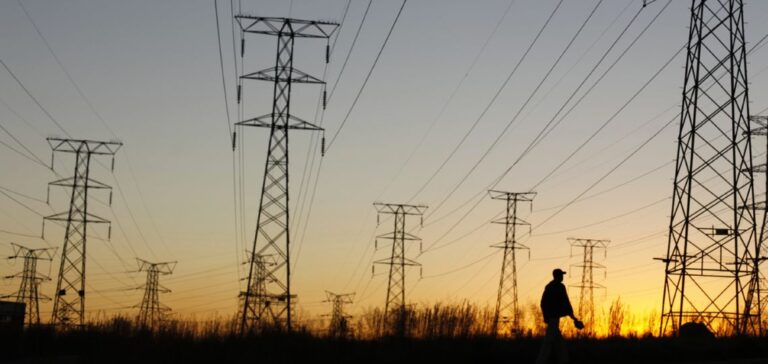The EU (European Union) approves investment in eight cross-border energy infrastructure projects.
European funding
The EU approves a Commission proposal to invest in eight cross-border energy infrastructure projects. Brussels will invest €602 million of European funds under the European Interconnection Facility (EIF). The objective is to support the trans-European energy networks.
The EU funding will allow for the implementation of electricity projects. Increasedcross-border interconnection of energy infrastructure is a key element of the European Green Deal. Indeed, it facilitates the integration of more renewable energies into the grid.
This is also a priority highlighted in the REPowerEU plan. In addition, the initiative will serve to increase the EU’s security of supply. The largest financing, amounting to €307.6 million, is for an electricity transmission project.
It will support the construction of a first interconnection between Italy and Tunisia with a submarine cable. This new link, known as the ELMED interconnection, will increase the security and sustainability of electricity supply in Europe. In addition, it will allow a better integration of renewable energies and the replacement of thermal gas production.
A distribution in Europe
The ELMED interconnection will also contribute to the EU’s climate change mitigation objectives. GreenSwitch is a cross-border smart grid project between Austria, Croatia and Slovenia. The €73.1 million investment support will be used to modernize the electricity networks.
GreenSwitch will allow the integration of new users (renewable energy production, heat pumps, electric vehicles). In this way, it will optimize the operation of the network through digitization and take advantage of the complementarities in terms of seasonal loads between the three countries. In addition, in Ireland, the Silvermines hydroelectric plant will receive €4.3 million.
The Irish plant will implement pumped hydro storage at a historic mine site. The goal is to reduce price volatility to help stabilize the market by increasing the flexibility of the island’s power system . Two other projects will also receive CEF support to help replace Russian gas supply.
The Bilciurești underground gas storage facility in Romania will receive €38 million for expansion work. The LNG terminal in Gdansk, Poland, is expected to receive €19.6 million to finance studies for its offshore portion. Thus, both projects aim to improve security of supply and independence from Russian gas.
Supporting CO2 capture and storage
The EU funding also includes three proposals for industrial CO2 capture and storage. Thus, they reflect the importance of investments in decarbonization. Moreover, they are in line with the objective of achieving climate neutrality in 2050.
TheAntwerp export hub@CCO2 should receive €144.6 million. The EU funding will be used to develop the necessary infrastructure in the Belgian port. Thus, the project will transport, liquefy and export emitted CO2 to permanent storage sites.
The Ghent Carbon Hubalso in Belgium, will receive €9.6 million. The EU will finance studies for the development of a CO2 liquefaction terminal in Ghent. In addition, the European aid also covers the installation of CO2 pipelines linking it to the region’s industrial emitters.
The CO2 Hub D’Artagnan Dunkerquein France, will also benefit from EU funding of €5.2 million. The European initiative will support infrastructure studies in the Dunkirk harbor to capture CO2 from various emitters. Thus, the objective is to liquefy it before exporting it to permanent storage sites.





















